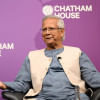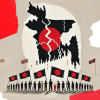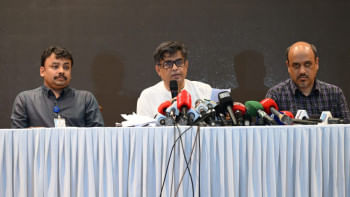Will there be no end to mob violence?

To have to return to the discussion on mob violence every other week feels like a Sisyphean exercise by now—an unlikely fate given the promise of the July uprising to make a break from past authoritarian practices. This is a grim testament to the state's continued failure to enforce the rule of law. Given the rate at which mob incidents are occurring, it is hard to say whether law enforcement has totally lost control of the streets or is simply not enough to contain a multidimensional crime like this.
That said, any failure to prevent mob violence is primarily a law enforcement failure. And of late, this failure has been on a frightening display. The first 10 days of August alone reportedly saw at least 13 incidents of mob beating, leaving nine people dead. Since January 2025, the death toll from mob attacks stands at 87, according to the rights platform Manabadhikar Shongskriti Foundation. Ain o Salish Kendra (ASK) puts the number even higher, at 111. Even on August 11, an unidentified man was killed after an attempted mugging in Tongi, Gazipur. But the killings of Rupalal Das (40) and Pradip Das (35) in Rangpur's Taraganj upazila on August 9 stand out as a particularly chilling example.
Incidentally, in the Rangpur case, there were three incidents of theft and robbery as well as a murder in just eight days prior to the August 9 incident—all within a three-kilometre radius of where it occurred. This reportedly caused anger and fear among locals who began to organise night-time patrols. Rupalal and Pradip were simply victims of their paranoia. But had locals seen effective law enforcement before, perhaps their reactions would have been different.
According to a report, around 9pm that day, Rupalal and Pradip were on their way to the former's home in a van when a few locals stopped them on suspicion of van theft and, joined by more people later, beat them to death. Even though police arrived at the scene while both men were still alive, they allegedly fled "out of fear" of the mob, only returning an hour later accompanied by army personnel. But it was too late then. The question is, why would the police be afraid or reluctant to deal with mobs head-on?
In a recent interview, Law Adviser Asif Nazrul offered a hint: that the force that once opposed the July uprising finds it difficult to confront mobs often instigated by factions claiming to represent that uprising. This may be the case to some extent, but the blame for the failure to take effective measures must be shared by the government. We also must acknowledge the role of political actors behind mob formation. Incidentally, in the Rangpur case, there were three incidents of theft and robbery as well as a murder in just eight days prior to the August 9 incident—all within a three-kilometre radius of where it occurred. This reportedly caused anger and fear among locals who began to organise night-time patrols. Rupalal and Pradip were simply victims of their paranoia. But had locals seen effective law enforcement before, perhaps their reactions would have been different.
We must put an end to such desperation. As per a recent survey, 80 percent of the citizens are worried about mob violence. They want to see effective steps both to control unruly mobs and punish everyday crimes that create scopes for desperation or exploitation in the first place. Equally important is overhauling our justice system to restore public trust in it. The truth is, without comprehensive and coordinated measures from all stakeholders, including political parties, this menace cannot be stopped.


 For all latest news, follow The Daily Star's Google News channel.
For all latest news, follow The Daily Star's Google News channel. 










Comments